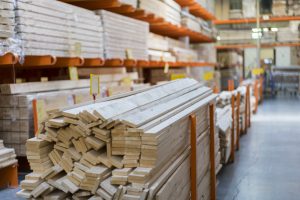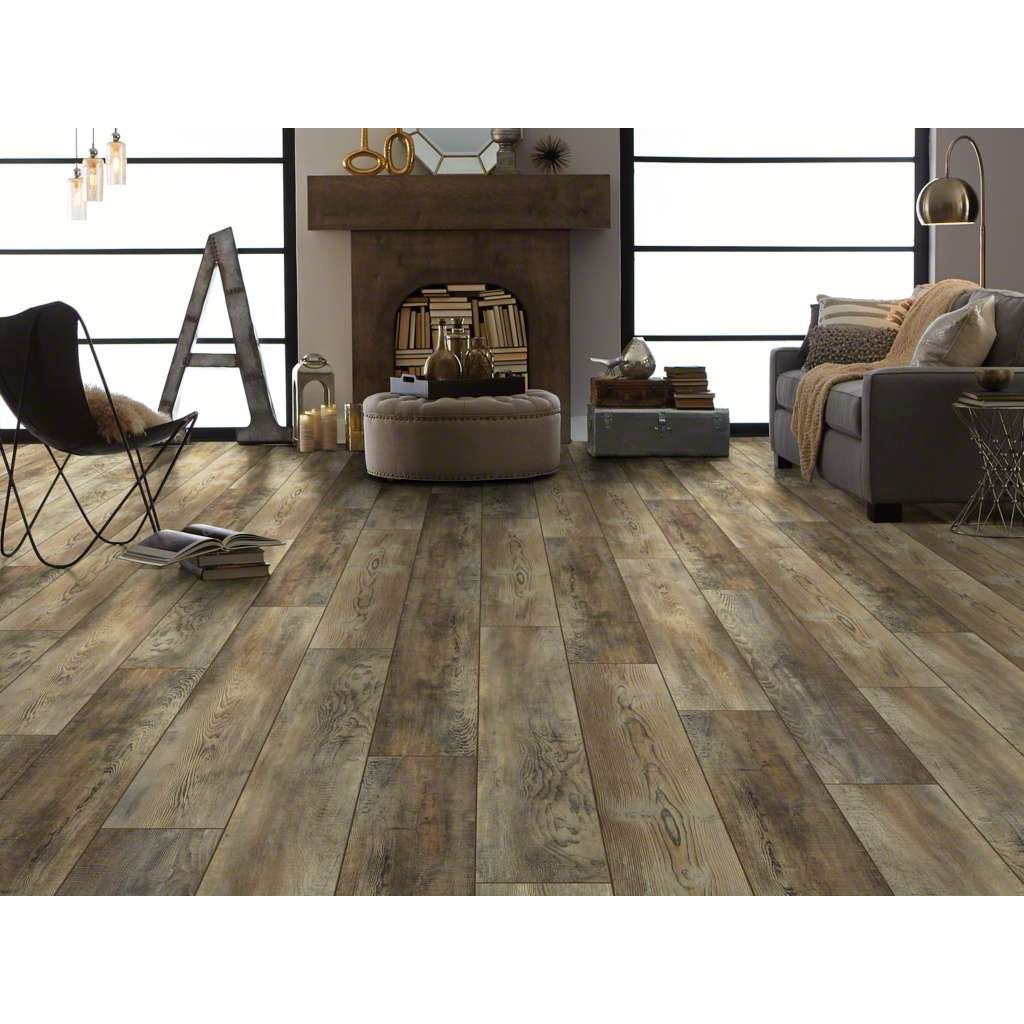- conwayadmin
- Blog
- April 28, 2021
The Reality of Lumber Prices 2021
If you are waiting for the price of lumber to decrease it is probably not going to happen. However the cost of labor is likely to increase. Now is the best time to start that construction project. Based on the current forecasts for demand in the residential housing market (building permits and housing starts), demand for lumber is not likely to decrease. According to Disdero, the price of #1 Grade, Free of Heart Center, Kiln Dried, Douglas Fir Timbers, has only increased a handful of times over the past decade, and when the price from the sawmill does increase, the price is here to stay.
Several nationally recognized forecasting sources predicted that lumber prices would stabilize at a more steady rate between $500 and $600 per 1,000 board feet (random length lumber) at the end of quarter 4 in 2020. Although, if you refer back to the graph from Markets Insider referred to in our previous article, you can see that the market for lumber has shifted in the opposite direction.
Prices spiked again in mid-December of 2020, maintaining a going rate of $800+ per 1,000 board feet of lumber into the first few weeks of the new year.
To get you the best insight, we consulted Disdero Lumber Co. in Portland, Oregon, to discuss what we can expect in the upcoming months of 2021.
Understanding The Current Price Of Lumber
There are several different factors responsible for the current price of lumber. We’ll break down each aspect and help tie together the various pieces of information to tell the story of what caused lumber prices to increase in 2020 and why.
A Boom In New Construction Influenced By Pandemic
Low-interest rates on home mortgages, the increase of remote job opportunities, and online schooling resulting from the pandemic have led to a shocking increase in new construction across the nation!
The New Residential Construction Report from the US Census Bureau and US Department of Housing and Urban Development clearly indicates these changes in the market with Starts up 7% and Permits up 4.9% yearly. You can reference the definition for both Housing Starts and Building Permits below.
According to Investopedia, the term “housing starts refers to the number of new residential construction projects that begin during any particular month. Housing start statistics are released on or around the 17th of each month by the U.S. Commerce Department”.
The steady increase in demand for new construction began in late May of 2020 and continued throughout the year. Reference the Housing Starts graph from tradingeconomics.com and see for yourself how dramatically things have shifted in the housing market since the onset of the pandemic.
Now understand that this influx of demand came right on the heels of a global shutdown! Sawmills were not in operation, logging crews could not harvest feedstock (trees), and in most locations, residential construction came to a halt.
So, as business began to open up, interest rates began to drop, and summer weather showed up in most western states, sawmills were not prepared for what was about to hit them. Contractors, DIYer’s, and 3rd Party suppliers were all chomping at the bit to capitalize on the opportunity, but the supply could not keep up.
During the busiest season, orders typically fulfilled in 5-7 business days were extended to 14 business days minimum, and things began to backlog.
The backlog and constant uphill battle to fulfill requests was the root cause of the increase in the cost of lumber throughout the summer months of 2020. Those circumstances led to an abnormal fall, ultimately setting the stage for 2021.
Historical Seasonality Trends Influenced Poor Forecasting For Lumber Pricing
Now that we’ve got the pandemic covered, let’s look at some historical seasonality trends in the lumber industry and see how they led to poor forecasting in the fall of 2020.
As defined by the finance experts at Investopedia, “seasonality is a characteristic of a time series in which the data experiences regular and predictable changes that recur every calendar year”.
“Regular and predictable” and “2020” don’t really belong in the same sentence…
There have been regular and predictable changes in the lumber industry recurring in a seasonal pattern for years. Demand increases in the spring and continues to grow throughout the early summer as builders submit purchase orders for the lumber needed in new construction and remodeling projects.
By early September, demand for lumber will start to decrease as most projects have been dried in, and the exterior framing of the home has been completed. Demand continues to fall over the remainder of the fall, with November and December historically noted as the year’s slowest months for new construction.
Forecasts for housing starts and building permits throughout the fall followed historical trends, forecasting far less demand than realized in the US Department of Housing reports. Sawmills adjusted pricing accordingly based on the forecast and the current supply level, resulting in the decrease in cost for random length lumber in October of 2020.
The going rate of $550 per 1,00 board feet seen briefly in October was not set to last forever. The initial price decrease inspired buyers across the nation to get their hands on all the lumber they could, anticipating the price to jump again come the Summer of 2021.
As you might have expected, this backlogged sawmills nationwide for yet a second time in 2020. Demand was not decreasing; buyers were just holding off to see if prices were set to drop! Sure enough, the cost of random length lumber increased by nearly 100% again towards the latter part of November and early December of 2020.
 What Did Disdero Lumber Co. Say About Lumber Pricing In 2021?
What Did Disdero Lumber Co. Say About Lumber Pricing In 2021?
When we consulted Disdero Lumber in Portland, Oregon, to discuss Lumber Pricing’s outlook in 2021, the insight we received was consistent with what many other experts, such as the experts at Madison’s Lumber Reporter, have been alluding to.
Well, are you ready for the truth?
The price of lumber will most likely never decrease to the rates we saw before the pandemic. Based on the current forecasts for demand in the residential housing market (building permits and housing starts), demand for lumber is not likely to decrease.
According to Disdero, the price of #1 Grade, Free of Heart Center, Kiln Dried, Douglas Fir Timbers, has only increased a handful of times over the past decade, and when the price from the sawmill does increase, the price is here to stay.
The (Likely) Cost Of Lumber In The “New Normal”
Our discussions with Disdero Lumber, FrameworkPlus Inc, and Big Sky Insulation suggest that this is the new normal for the industry. There is a new benchmark for lumber pricing, and it will likely remain that way for the foreseeable future.
Interest rates for home mortgages are anticipated to hold for the remainder of the year, and more people are looking to start the new construction project of their dreams than ever before.
Therefore, we can expect a “new normal” (benchmark) to hover around $800 per 1,000 board feet for the cost of lumber.
Seeking Out Lumber Substitutes?
Lumber is a commodity product, and what typically happens when the price of commodities increase? You search out a comparable substitute for the commodity.
Here’s a quick and fun read from Investopedia to help illustrate this point.
Well, can you think of a substitute for a Timber Frame?
That’s what we figured; there’s nothing that compares!
Sure, you can investigate steel, stucco, or concrete alternatives, but will you be able to replicate the look or feel of an authentic timber home?
There truly is no substitute for lumber when what you’re after is a timber frame, post & beam, or log style home. The only option you have to avoid the increased cost of lumber is to wait and hope that one day the price does drop again, and if that happens, be ready to capitalize!



